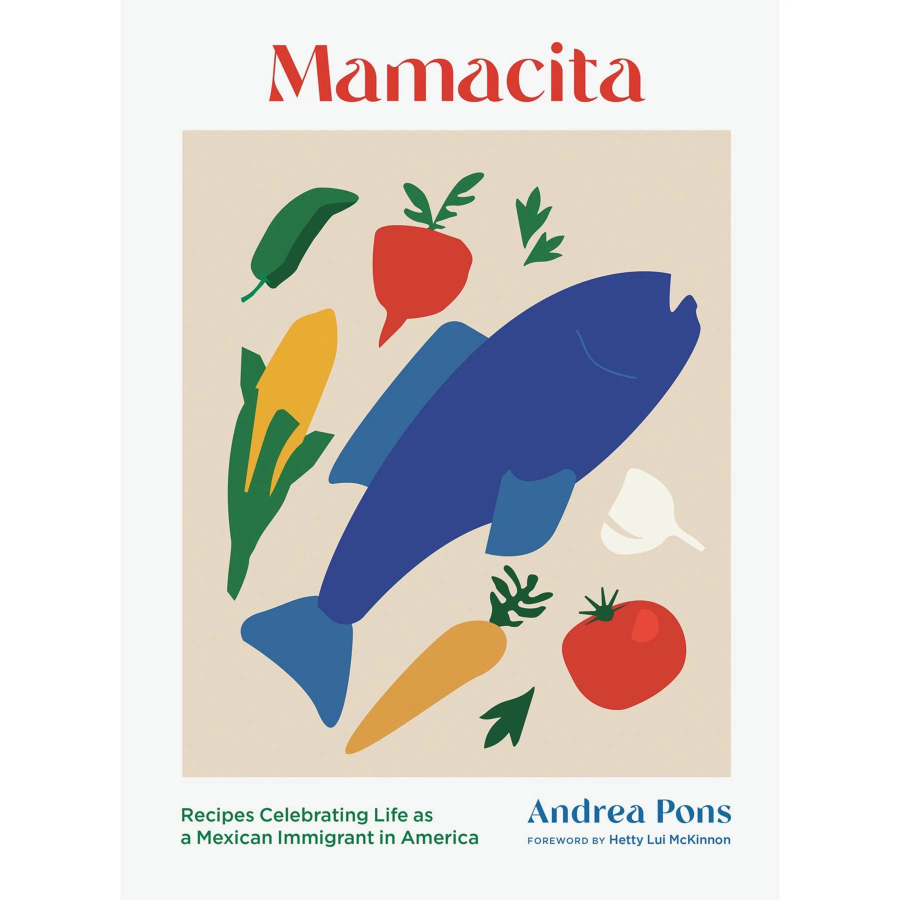SEATTLE — In October 2005, when Andrea Pons was just 10 years old, her family emigrated from Leon, Mexico, to the Seattle area — first to White Center, eventually settling in Maple Valley. When her family arrived, she was told by her parents that if anyone asked where she was from, she should say she was Mexican Italian.
Pons did have a great-grandmother who was Italian, but she died when Pons was just 4 years old. Her mother never made pasta or Italian dishes, and Pons says she didn’t connect with her Italian heritage at all. Still, from age 10 to 24, Pons tried to hide her Mexican heritage.
“Reflecting back on that, it created a lot of stress and trauma for me. The dialogue I received was, ‘Being Mexican is not enough; you have to say Mexican and something else to be accepted,” Pons says during a recent phone call.
She married at 20, but says her husband never wanted her to cook Mexican food, which only further disconnected her from her heritage. It wasn’t until 2019, when she was 24 and newly divorced, that she finally started cooking the food of her youth as an act of self-love.



